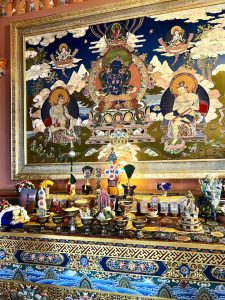 |
 |
| Achi Shrine 2023 | Achi Chökyi Drölma |
The annual Achi Chokyi Drolma Offering Prayers are being held September 21-28 at Ayang Rinpoche’s monastery in Bylakuppe. Achi is the main Dharma Protector in the Drikung Kagyu lineage.
Rinpoche invites all sangha members to join by reciting Achi Choekyi Dolma mantras during this time:
OM SARVA BUDDHA DAKINI HRI MAMA TSAK TRA SOHA
You are also welcome to make offerings in your own name, for your business, or for a loved one, including pets, whether they are living or deceased. Send donations to the Drikung Charitable Society account. For a tax deductible donation in the U.S., please send your check to the Amitabha Foundation, P.O. Box 2572, Aptos, California 95001, or donate online below. Dedications submitted by September 26th at 5 pm Pacific time will be posted in the temple for the conclusion of the Offering Pujas.
Brief Biography of Achi Chökyi Drölma
Chöje Ayang Rinpoche, Sydney, Australia in 2004
Achi Chokyi Drolma is an emanation of Vajra Yogini and Tara. She was born in the central area of Tibet. Beginning at a young age she was very special. She had great compassion and always practiced Tara, and she taught the Tara prayer for everyone in the village. When she grew older she prophesied that in the future there would be a new Buddhadharma lineage, and that she would be that lineage’s Dharma protector, whereupon she wrote protector offering prayers. Several generations later, her great grandson Jigten Sumgon started the Drikung lineage and she did become the main lineage Dharma protector.
She moved to Eastern Tibet, married and had 4 sons. Her most holy practice place is in East Tibet. At her death she attained the Great Rainbow Body. Her entire body become rainbows and light, leaving only her hair and nails. Like this, with no need to change this physical body, she went to the Pure Land.
On the relative level, Achi was like the Dharma protector. But on the ultimate level, Achi had already attained the tenth Bhumi of a Bodhisattva. In this way, Achi was already enlightened. Achi’s activity in Tibet is very famous. All the Tibetan people, especially the older generation people, know very well about her great activity, how it is so helpful because it is very fast. In Tibet, some great masters say that Achi is exactly the same as the Buddha, and if we pray to Achi, then by our Achi practice we will achieve enlightenment, or we will attain the Pure Land at our death moment.

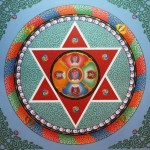
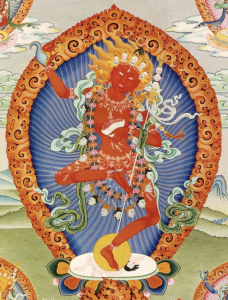
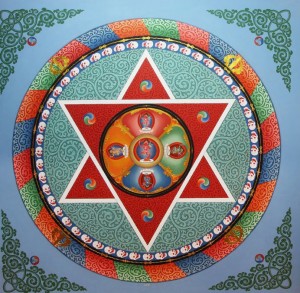


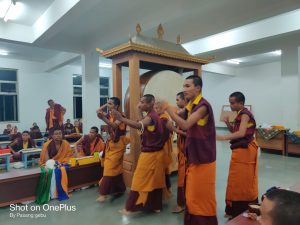


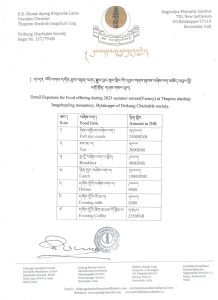

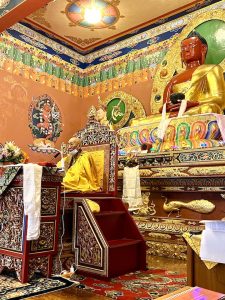 H.E. Chöje Ayang Rinpoche Teaching at Opak Kyilkhor Ling
H.E. Chöje Ayang Rinpoche Teaching at Opak Kyilkhor Ling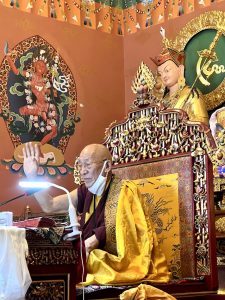
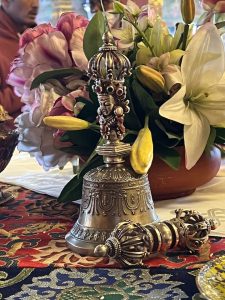
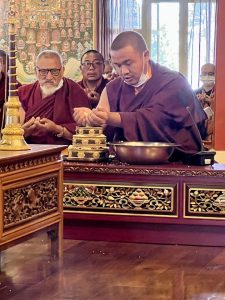 Mandala Offering
Mandala Offering